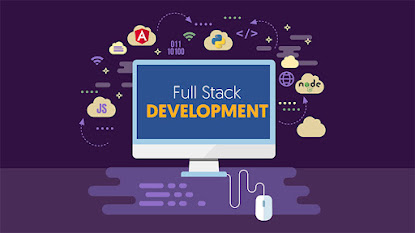Java: Empowering the World of Software Development
Java, the versatile and robust programming language, has revolutionized the world of software development since its inception. From desktop applications to mobile apps, web development to enterprise systems, Java continues to be at the forefront of the programming landscape. Java course in pune provides certification program. In this article, we will delve into the key features, benefits, and significance of Java in modern software development. One of the primary reasons for Java's enduring popularity is its "write once, run anywhere" capability. Java programs, compiled into bytecode, can be executed on any platform that has a Java Virtual Machine (JVM). This cross-platform compatibility allows developers to build applications that can seamlessly run on diverse operating systems, providing unparalleled flexibility and portability. Java's object-oriented programming (OOP) paradigm is another defining characteristic that sets it apart. Java's robust support for c...

